Dentists have long advocated that protective mouthpieces be worn during active, and particularly contact sports. The mouth guard separates the arches by inserting a secured cushioning device around the teeth. The mouth guard protect the integrity of the teeth from inadvertent crushing occlusal forces (The force exerted on opposing teeth when the jaws are closed or tightened) and acts as a shock absorber that minimizes trauma to the cranium, and hence protects the brain. Now the function and utility of mouthpieces has been extended to that of enhancing performance at play, exercise, and work. Historically and anecdotally, “biting on the bullet” to relieve pain during surgery, placing a strap between the teeth to increase strength during fighting, and biting on a stick during childbirth have been recognized to relieve pain and improve performance. A sports study at the University of Tennessee demonstrated that men can improve their grip performance by as much as 67% and women by 93% simply by inserting an occlusal wedge between their teeth that functions to interrupt clenching.
To improve performance capabilities, athletes concentrate almost exclusively on their bodies. But the key to being a winner might be all in the head. The area in question is the TMJ, or temperomandibular joint, which connects the lower jawbone to the skull. Misaligned jawbone or TMJ distress, can lead to headaches, neck tension, curvature of the spine, sleep disruption, depression, muscular weakness and poor coordination.
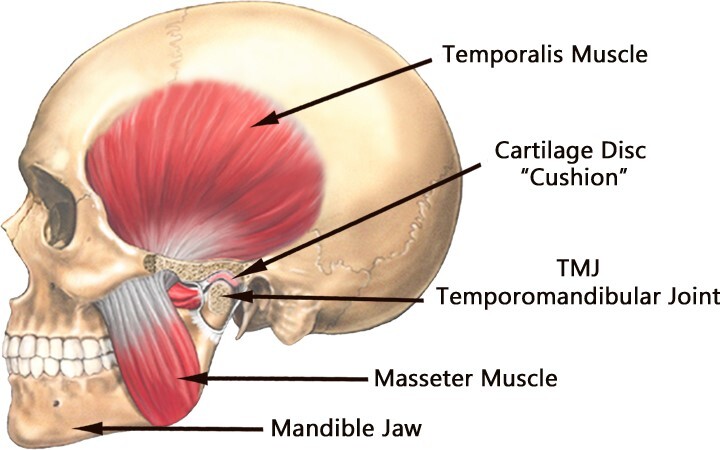
Performance enhancing mouth wear is based on craniofacial neurometabolic physiology, which involves how the relationship of the jaws affects an athlete’s performance. The relatively obscure field of sports dentistry concentrates on aligning the TMJ with a custom-fitted, plastic bite-plate called MORA, or Mandibular Orthopedic Repositioning Appliance. A MORA mouthpiece is made from two lightweight, clear acrylic strips that fit directly over the lower molars and bicuspids. A MORA, different from the heavy-duty rubber mouth protectors worn by boxers and football players, doesn’t add power; it releases strength a person already has that’s tied up by stress.
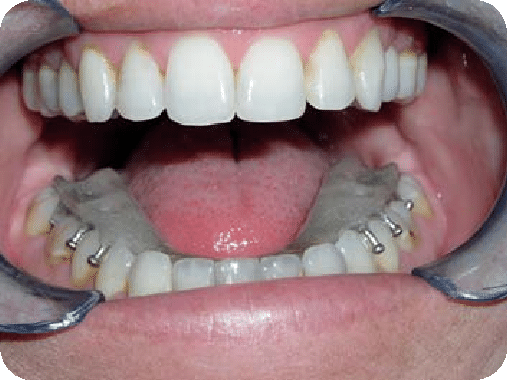
Athletes report dramatic improvement in performance capabilities, especially strength gains, with their new mouth piece. Properly diagnosing and correcting these potential stressors to the body can provide for more predictable athletic gains like increased physical strength and balance, improved hand-eye coordination, more efficient Oxygen-carrying capabilities (VO2 max), decreased performance anxieties, and enhanced recovery from injury or surgery.
MORA come to public attention following the 1980 Winter Olympics. Dr Richard Kaufman, an orthodontist from USA designed the MORA for his athlete patients. According to a Sports Illustrated article, it was the U.S. luge team that first used these appliances to prevent the severe headaches and neck tensions that are occupational hazards for lugers, who must lie down in an awkward position while keeping the head slightly raised for navigation purposes. With Kaufman’s MORA mouthpieces, the U.S. luge team posted its best ever Olympics results.
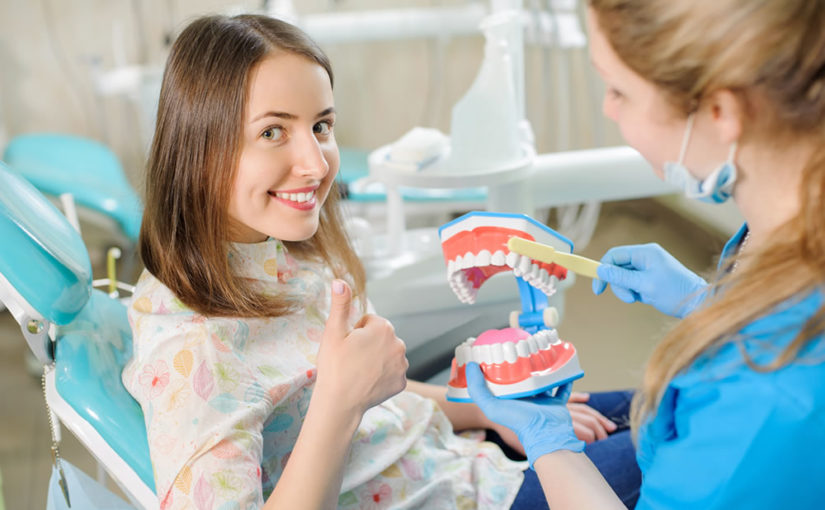
Dr Aldo Forli Scocate was the dentist responsible for the oral health of Olympic athletes in 1992, performed 265 assistances. The average of 14.6 patients per day is high rate high for a delegation with just over 300 members. As a result of the treatment during the Olympics, there was an increase of psychological situation of athletes and the improved of muscle performance reacquired. The dental care at the Athens Olympics in 2004 was the second most searched service in the Olympics, behind only physiotherapy. In Beijing Olympics in 2008, 80 dentists performed about 1600 treatments for better athletic performance and preventing facial injuries.
A person loses strength when the jaw is out of whack or when the teeth aren’t properly aligned. If the TMJ is under stress because of an imbalance, the brain picks up that there is a misalignment every time swallow or your teeth touch. The brain sends a message to another body part, such as the spine or arm, to compensate for the imbalance, and the body part must work harder, leading to fatigue. It’s like sitting on the edge of a chair. You can not do it for long without straining all sorts of muscles. TMJ disorder is not talked about often, so you may believe the myth that the condition is rare. In reality, TMJ disorder is very common. Many patients do not even believe that the condition exists even though they may be experiencing symptoms.
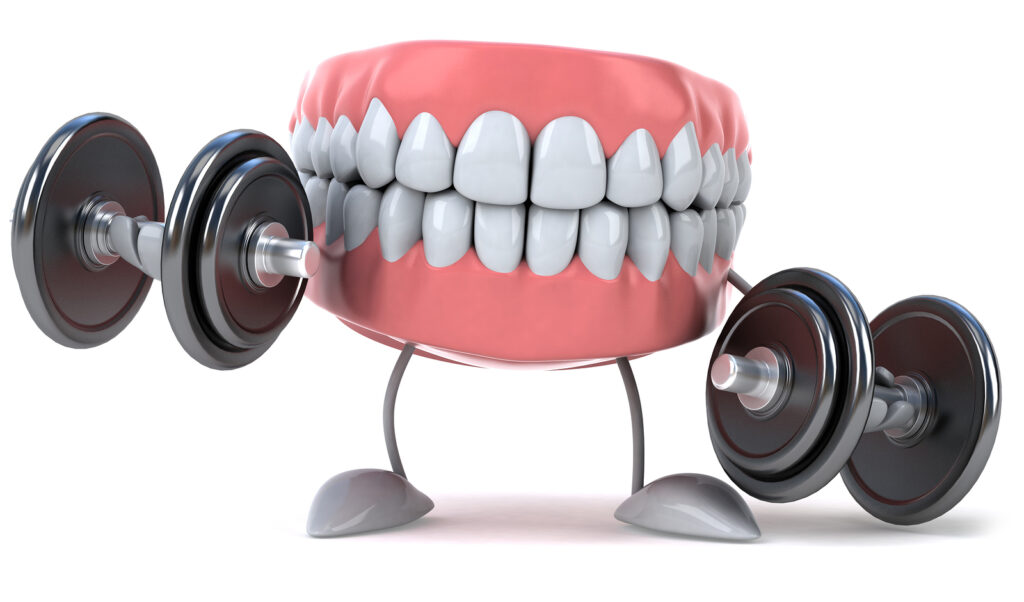
A MORA fits in any unevenness between the upper and lower teeth, including spaces where teeth are missing, and lines the teeth up properly. It lowers the bottom jaw and pushes it forward, relieving pressure from the TMJ. Thus headaches disappear, scoliosis (a sideways curvature of the spine) can improve, and the wearer has a feeling of well-being, extra strength and energy. These improvements can be measured. One decathlete added 6 inches to his pole vault right after he got his MORA, and his personal best in the shot-put went up to 3 feet. A college baseball pitcher reported that after pitching 250 innings one session, he experienced no tiredness. “I seemed to have more strength and stamina. When I tried pitching without the mouth guard I got tired quicker and I felt more pain in my arm afterword,” he said. A U.S. Olympic bobsledder could do four soleus calf raises of 135 pounds without his MORA; with it, he can do 20 reps.
To make a MORA, dentist takes impressions of the patient’s teeth and tests for degree of TMJ misalignment by having the patient open and close the mouth. A pop or click sound indicates severe misalignment.

Dr Stephen Smith, director of the Temporomandibular Orthopedics Centre at the Philadelphia College of Osteopathic Medicine, uses his mouth pieces on members of the Philadelphia Eagles. He says mouthpieces definitely increase body muscle strength. “Even if you take someone who has a good solid bite to start with, he gets better muscle bracing with the mouthpiece. And we definitely had fewer concussions. Physically you have a change in the stress factor. It seems to be very deep-seated neurological change, a change in the electrical firing patterns from the motor cortex in the brain. With the mouthpiece in, the muscle is suddenly stronger. In some cases, you get a doubling in muscle strength all over the body.
If what the dentists say is true, then most of us could benefit from having our TMJ’s checked by a specialist in sports dentistry. A MORA is an ergogenic aid that science proves can work.

Dr Saranjeet Singh
Fitness & Sports Medicine Specialist
Lucknow (UP), INDIA

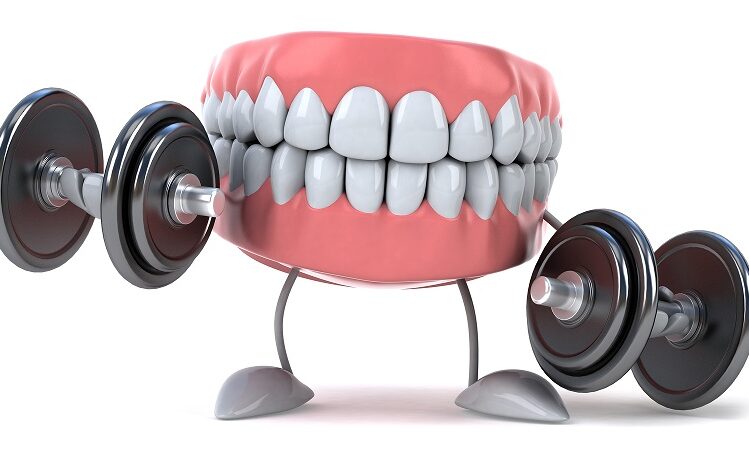

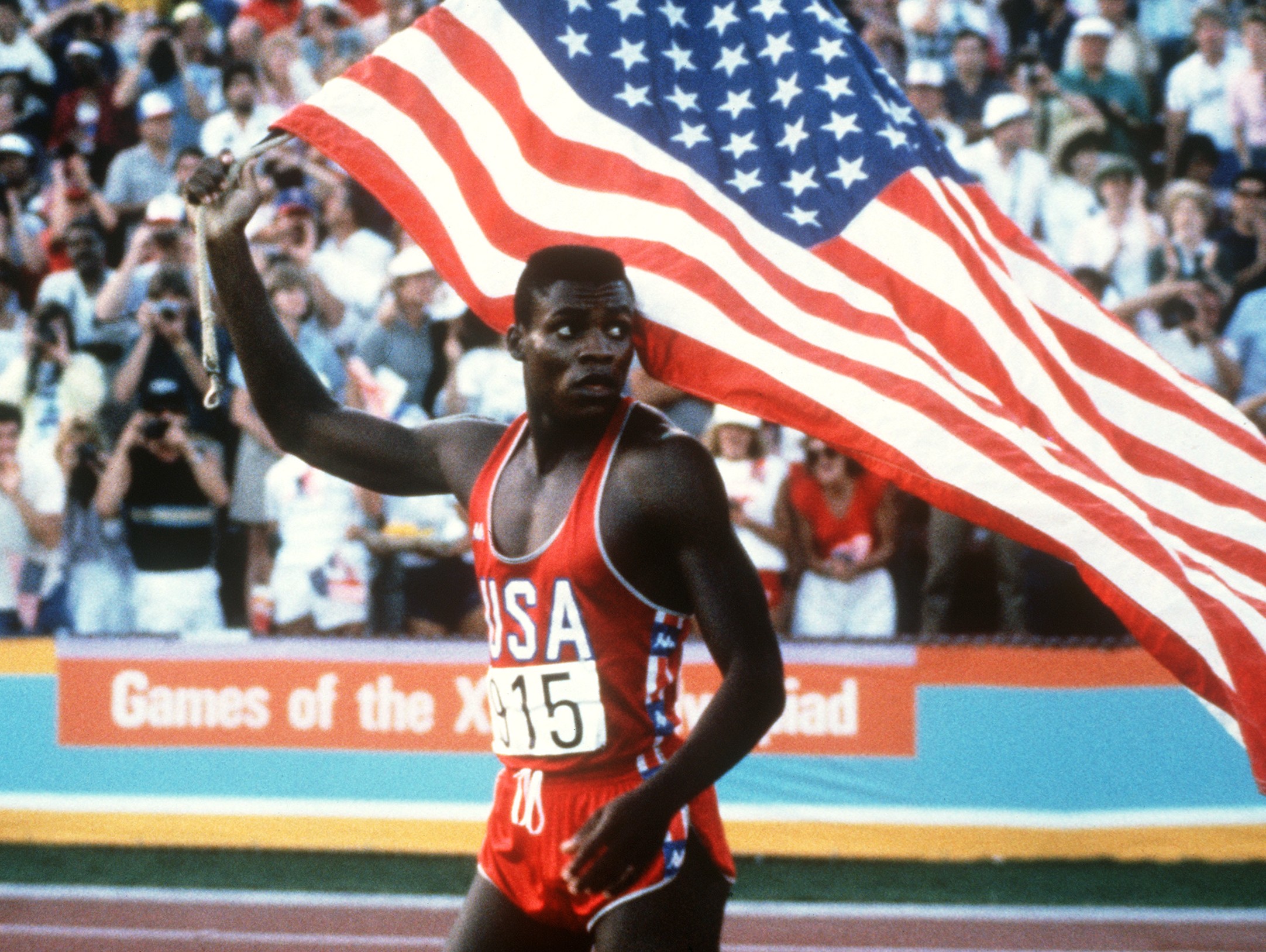
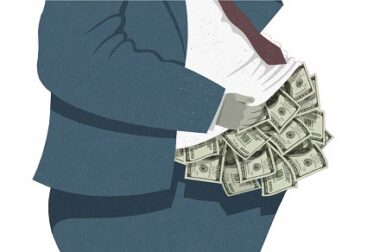


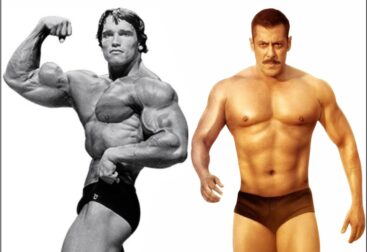
MORA mouth piece to prevent headache and shoulder pain…
Great ….information and topic covered..dr saranjeet
Thanks Dr